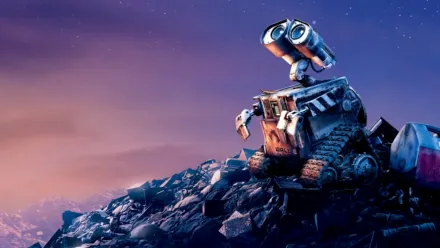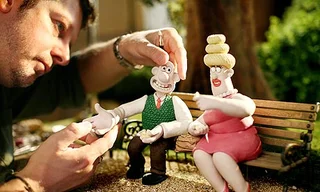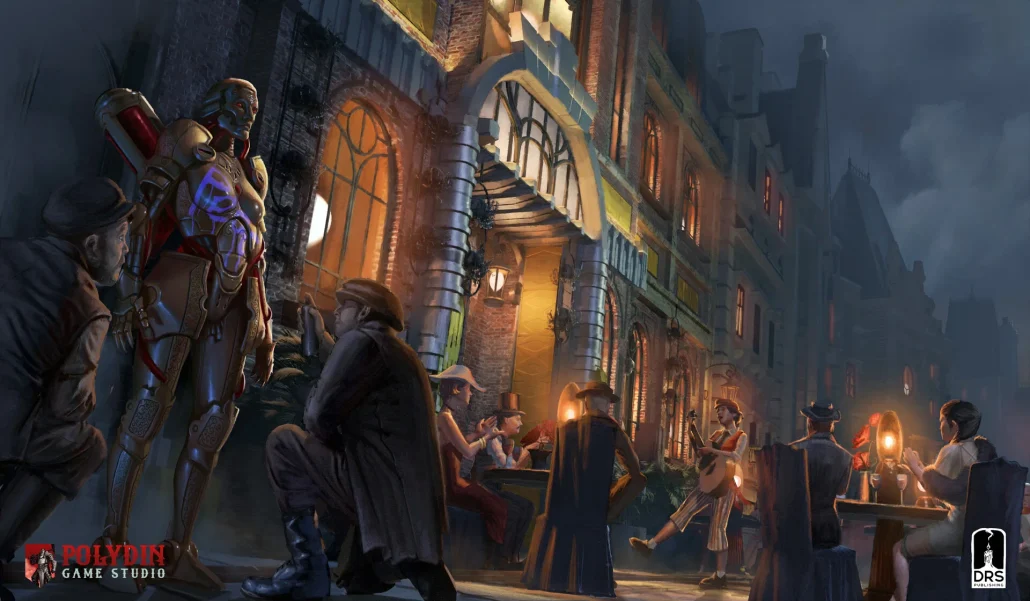Animation is a versatile medium that encompasses a wide range of styles, each with its own unique characteristics and techniques. From traditional hand-drawn animation to cutting-edge 3D rendering, the world of animation offers endless possibilities for creative expression. In this guide, we’ll delve into the top animation styles, exploring the intricacies of frame-by-frame animation, the flexibility of motion graphics, and the charm of stop motion. Whether you’re a seasoned animator or just starting out, join us on a journey through the diverse and captivating world of animation styles.
Top 10 Animation Styles
Animation styles have reached a high level of variety throughout the years. Here are some of the most prominent ones:
Frame-by-frame/Traditional Animation


Frame-by-frame, also known as traditional animation, is one of the oldest and most classic animation styles. In this technique, each frame of the animation is hand-drawn or created manually, capturing the movement of characters and objects through a series of individual drawings. Animators meticulously craft each frame, ensuring smooth transitions between movements and creating the illusion of motion when played in sequence. Traditional animation often requires considerable skill and time investment but offers unparalleled control over the aesthetic and fluidity of the animation. It has been widely used in classic animated films, television shows, and commercials, contributing to its enduring popularity and charm in the world of animation.
Keyframe 2D Animation
Keyframe 2D animation is a versatile and widely used animation style that leverages keyframes to define the most significant poses or positions within an animation sequence. In this technique, animators create keyframes at crucial points in the animation timeline, representing key poses or movements of characters or objects. These keyframes serve as reference points that dictate the overall motion and timing of the animation. In between these keyframes, software interpolates the movement, generating the in-between frames automatically. This method allows animators to achieve complex movements efficiently while maintaining precise control over the animation’s timing and style. Keyframe 2D animation is commonly used in various forms of animation, including cartoons, motion graphics, and video game animation, due to its flexibility and ease of use.
3D Animation


3D animation is a sophisticated animation style that involves creating three-dimensional models of characters, objects, and environments, and animating them within a digital space. Unlike traditional 2D animation, which is drawn frame by frame on a flat surface, 3D animation allows for more realistic and immersive visuals by simulating depth, volume, and perspective. Animators use specialized software to model, rig, texture, and animate 3D objects, giving them the ability to manipulate every aspect of the animation with precision. This technique is widely used in various industries, including film, television, advertising, and video games, to bring lifelike characters and dynamic scenes to life. With advancements in technology, 3D animation continues to evolve, pushing the boundaries of creativity and storytelling in the digital realm.
Stop Motion Animation
Stop motion animation is a unique and captivating animation style that involves capturing individual frames of physical objects and then sequencing them together to create the illusion of movement. In this technique, filmmakers manipulate real-world objects, such as clay figures, puppets, or everyday objects, by moving them slightly between each frame while photographing them one frame at a time. When played back at normal speed, these frames create fluid motion, giving life to the inanimate objects. Stop-motion animation offers a tangible and tactile quality that adds charm and authenticity to animated films and commercials. It requires meticulous planning, patience, and attention to detail but allows for endless creative possibilities, making it a beloved and timeless form of animation.
Motion Graphics
Motion graphics is a dynamic animation style that combines visual elements such as text, shapes, illustrations, and images with movement and sound to convey information, tell stories, or evoke emotions. Unlike traditional animation, which often involves character-driven narratives, motion graphics focus on graphical elements and typography to communicate messages effectively. This style is commonly used in various media contexts, including advertisements, title sequences, explainer videos, and user interface design. Motion graphics artists utilize animation software to create engaging visual compositions that captivate audiences and enhance the overall viewer experience. With its versatility and ability to convey complex ideas in a visually compelling manner, motion graphics play a crucial role in modern multimedia content creation.
Claymation


Claymation, also known as clay animation or stop-motion clay animation, is a unique animation style that involves manipulating clay figurines or objects frame by frame to create the illusion of movement. Each frame captures a slight adjustment of the clay characters or props, and when played in sequence, they give the impression of fluid motion. Claymation is characterized by its tactile and three-dimensional appearance, which adds a distinct charm and character to animations. This technique requires meticulous attention to detail and patience, as animators sculpt, mold, and reposition the clay models repeatedly to achieve the desired movements. Claymation has been used in a wide range of animated films, television shows, and commercials, captivating audiences with its tactile charm and whimsical storytelling.
Typography Animation
Typography animation, also known as kinetic typography, is a dynamic animation style that brings text to life through motion and visual effects. In this style, text elements such as letters, words, and phrases are animated to convey meaning, emotion, or narrative. Typography animation often involves creative typography design, where text is manipulated in various ways, including scaling, rotating, skewing, and morphing. These animated text elements are synchronized with audio, music, or voiceovers to enhance the overall impact of the message. Typography animation is widely used in motion graphics, advertising, video production, and title sequences to create engaging and visually appealing content. It offers endless creative possibilities for expressing ideas, storytelling, and conveying information dynamically and memorably.
Mechanical Animation
Mechanical animation involves the depiction of mechanical systems, machinery, and devices through animated sequences. This animation style focuses on illustrating the movement, functionality, and operation of mechanical components in a clear and visually engaging manner. Mechanical animations are commonly used in various fields such as engineering, manufacturing, product design, and educational contexts to demonstrate how machines work, assembly processes, and technical concepts. In mechanical animation, intricate details of gears, levers, pistons, and other mechanical parts are accurately portrayed to showcase their functionality and interactions. This animation style often requires a deep understanding of mechanical principles, precision in animation techniques, and attention to detail to effectively communicate complex concepts and processes.
Cutout Animation
Cutout animation, also known as puppet animation, is a technique where characters and objects are created from flat materials, such as paper, cardboard, or fabric, and then manipulated frame by frame to create movement. This style of animation involves cutting out various parts of the characters or objects and attaching them with joints or hinges, allowing for articulation and movement. Cutout animation can range from simple and stylized to more complex and detailed designs, depending on the desired aesthetic and narrative style. It is often used in both traditional hand-drawn animation and digital animation workflows, offering flexibility and efficiency in production while maintaining a distinct visual charm. Cutout animation has been employed in a wide range of projects, including short films, television series, commercials, and educational content, and continues to be a popular choice for animators seeking a unique and expressive animation style.
Whiteboard Animation
Whiteboard animation is a style of animation where illustrations are drawn by hand on a whiteboard or a similar surface, typically accompanied by a voiceover narration. This technique creates the illusion of watching an artist draw the illustrations in real-time, as if they were presenting ideas on a whiteboard during a lecture or presentation. Whiteboard animation is often used for educational videos, explainer videos, corporate presentations, and marketing campaigns due to its engaging and accessible nature. It simplifies complex concepts and makes them easier to understand by breaking them down into visually appealing and sequential drawings. This animation style combines elements of storytelling, illustration, and narration to deliver messages in a clear, concise, and entertaining manner.
Wrapping up
In conclusion, animation styles offer a diverse range of techniques and approaches to bring ideas, stories, and concepts to life. Each style has its unique characteristics, applications, and appeal, catering to different preferences, purposes, and audiences. From traditional frame-by-frame animation to modern 3D animation, stop motion, motion graphics, and beyond, the versatility of animation continues to inspire creativity and innovation across various industries. Understanding these animation styles provides valuable insights into their potential uses, benefits, and impact, empowering creators to choose the most suitable approach for their projects. As technology advances and artistic boundaries expand, the future of animation remains bright, promising exciting possibilities and new horizons for visual storytelling and expression.


